Filler in Singapore: A Comprehensive Guide to This Popular Treatment
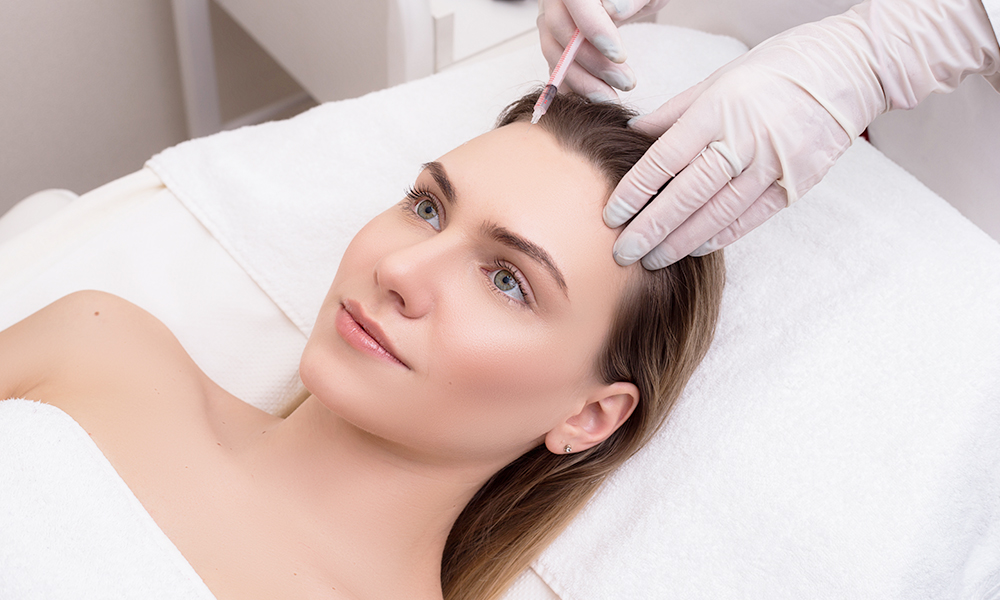
Dermal fillers in Singapore have become increasingly popular in recent years as a non-surgical option for rejuvenating the face and reducing the appearance of wrinkles. They work by filling in areas of the face that have lost volume and elasticity due to the natural aging process. In this article, we will explore what dermal fillers are, how they work, and the benefits and risks associated with the treatment.
What are Dermal Fillers?
Dermal fillers are injectable gels that are made from hyaluronic acid, a naturally occurring substance in the body that helps to keep the skin hydrated and firm. There are several different types of dermal fillers available, each with their unique characteristics and uses.
Some of the most commonly used dermal fillers include Restylane, Juvederm, and Sculptra. Restylane and Juvederm are made from hyaluronic acid and are used to fill in lines and wrinkles, while Sculptra is made from poly-L-lactic acid and is used to promote collagen production.
How do Dermal Fillers Work?
Dermal fillers work by filling in areas of the face that have lost volume and elasticity due to the aging process. As we age, the body produces less collagen and elastin, which are responsible for keeping the skin firm and elastic. This leads to the formation of wrinkles, lines, and sagging skin.
Dermal fillers are injected into the skin using a fine needle. The filler plumps up the skin, filling in lines and wrinkles and restoring volume to the face. The effects of the treatment can last anywhere from six months to two years, depending on the type of filler used and the individual’s skin.
Benefits of Dermal Fillers
Dermal fillers in Singapore offer several benefits as a non-surgical option for rejuvenating the face. Some of the main benefits include:
Immediate Results: Unlike some other non-surgical treatments, dermal fillers provide immediate results. Patients can see a noticeable improvement in the appearance of their skin immediately following the treatment.
Non-Surgical: Dermal fillers are a non-surgical option for rejuvenating the face. This means that there is no need for incisions or anesthesia, making it a safer and less invasive option compared to surgical procedures.
Customizable: Dermal fillers can be customized to the individual’s needs and goals. The amount of filler injected and the areas treated can be tailored to achieve the desired results.
Minimal Downtime: Dermal filler treatments typically require little to no downtime. Patients can return to their normal activities immediately following the treatment.
Risks of Dermal Fillers
Like any medical procedure, there are some risks associated with dermal fillers. These risks include:
Bruising and Swelling: Bruising and swelling are common side effects of dermal filler treatments. These usually subside within a few days of the treatment.
Infection: There is a risk of infection with any injectable treatment. To reduce this risk, it is important to choose a qualified and experienced practitioner and to follow their aftercare instructions carefully.
Allergic Reactions: While rare, some individuals may have an allergic reaction to the filler. It is important to discuss any allergies or medical conditions with the practitioner before undergoing treatment.
Migration of the Filler: In some cases, the filler may move from its original injection site, leading to an uneven or lumpy appearance. This can usually be corrected with additional injections or massage.
Choosing a Qualified Practitioner
Choosing a qualified and experienced practitioner is essential when undergoing any medical procedure, including dermal filler treatments. When choosing a practitioner, it is important to look for someone who is board-certified in aesthetic medicine and has extensive training and experience in dermal filler treatments. The practitioner should also be able to provide before and after photos of their previous work, as well as answer any questions you may have about the treatment.


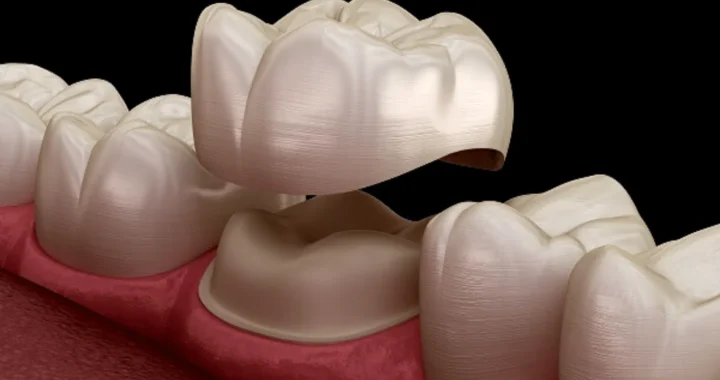 Dental Crowns –Restoring Strength, Function, And Aesthetics.
Dental Crowns –Restoring Strength, Function, And Aesthetics.  One-Person Wonder: Making Waves in the Massage Industry in Gunma
One-Person Wonder: Making Waves in the Massage Industry in Gunma  How Cataract Surgery in Nashville Improves Vision and Quality of Life
How Cataract Surgery in Nashville Improves Vision and Quality of Life  Maintaining Oral Health: The Role of Dentists in Richmond
Maintaining Oral Health: The Role of Dentists in Richmond 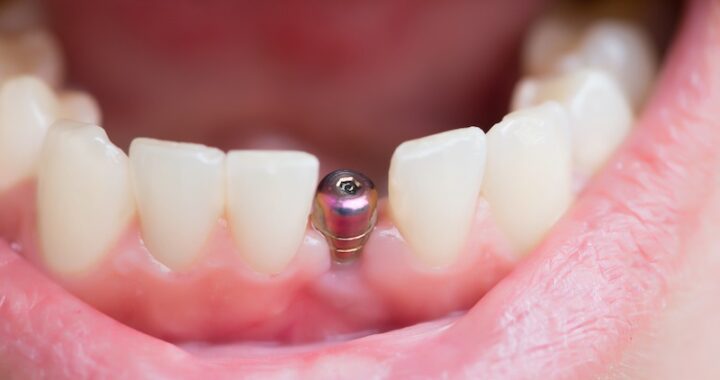 How to Choose the Best Implant Dentist in Sheffield: A Guide
How to Choose the Best Implant Dentist in Sheffield: A Guide 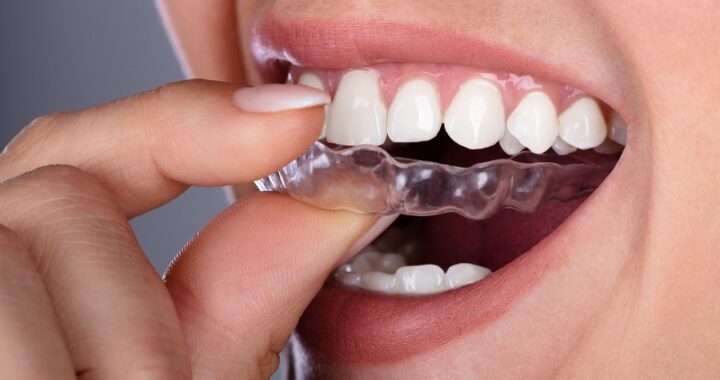 How Invisalign is Revolutionising Orthodontics in London
How Invisalign is Revolutionising Orthodontics in London 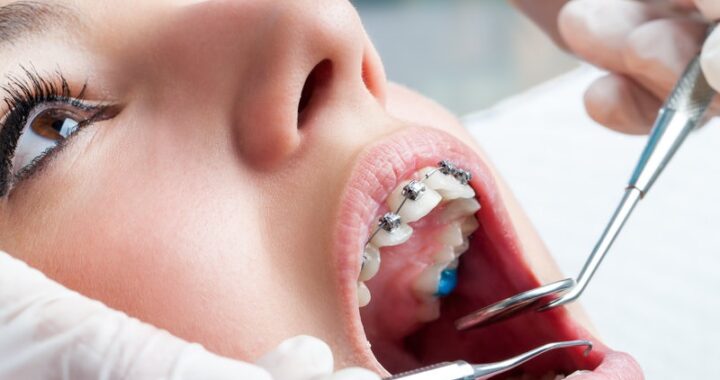 Veneers: A Popular Cosmetic Solution for a Beautiful Smile in London
Veneers: A Popular Cosmetic Solution for a Beautiful Smile in London